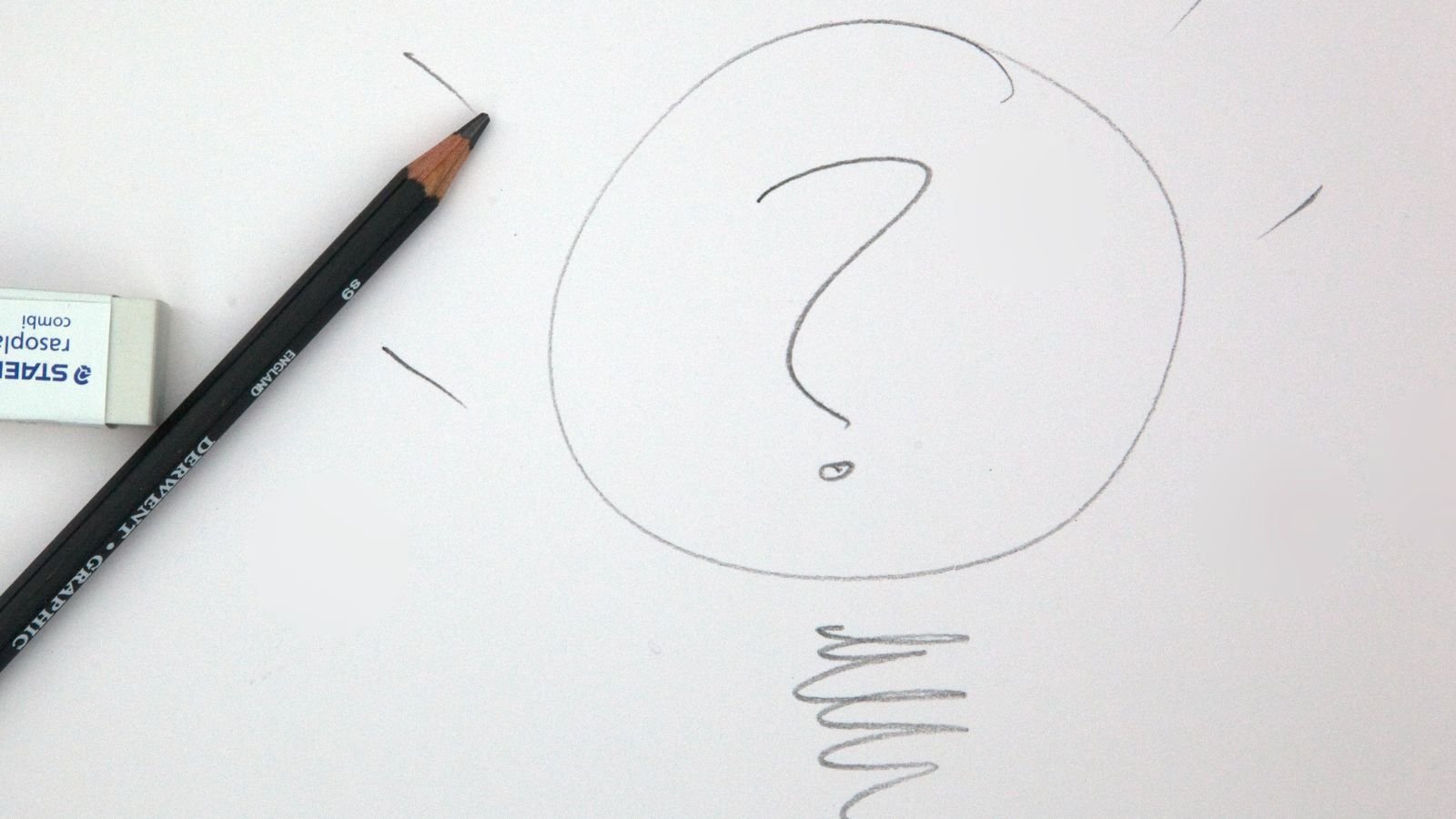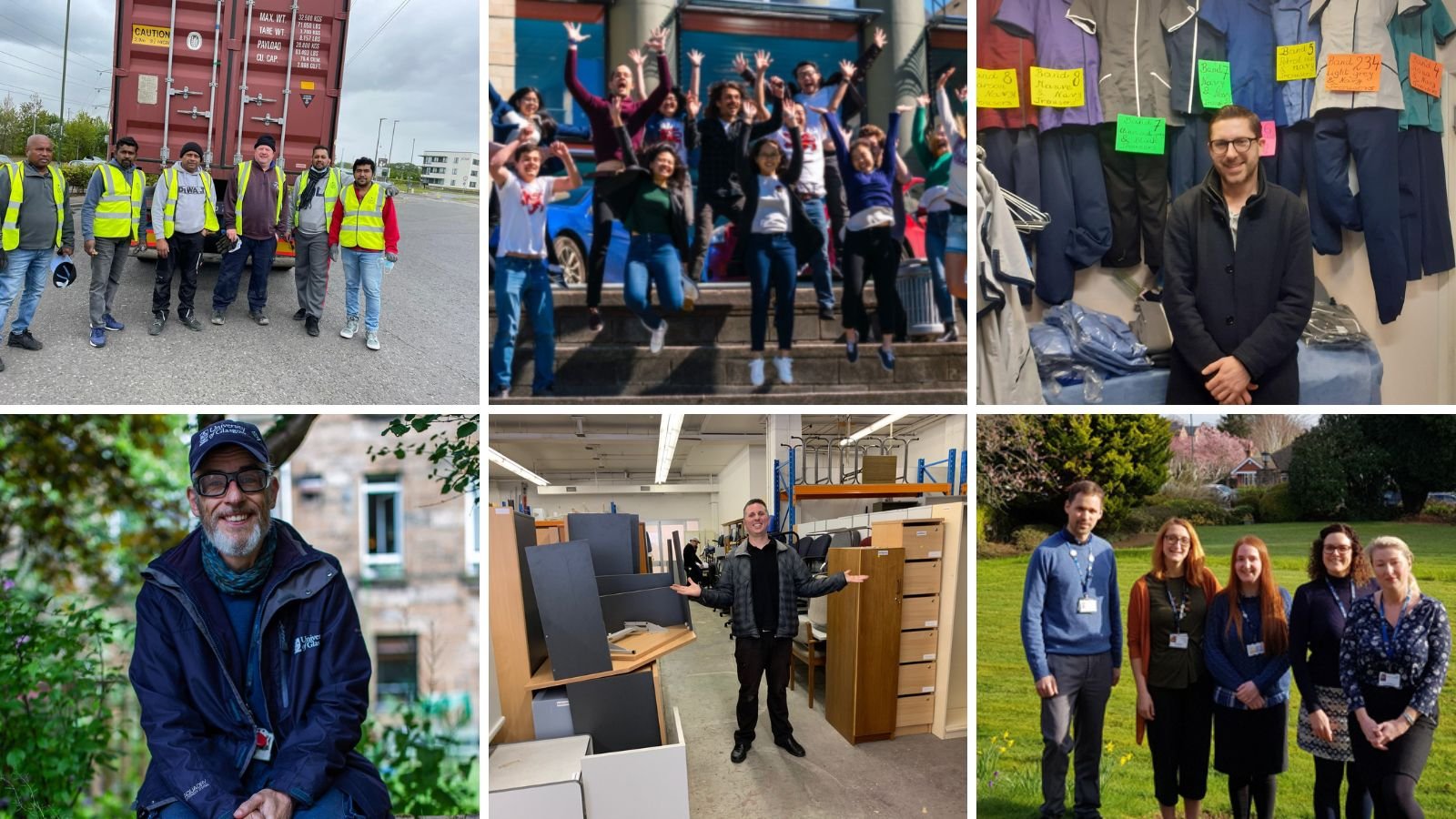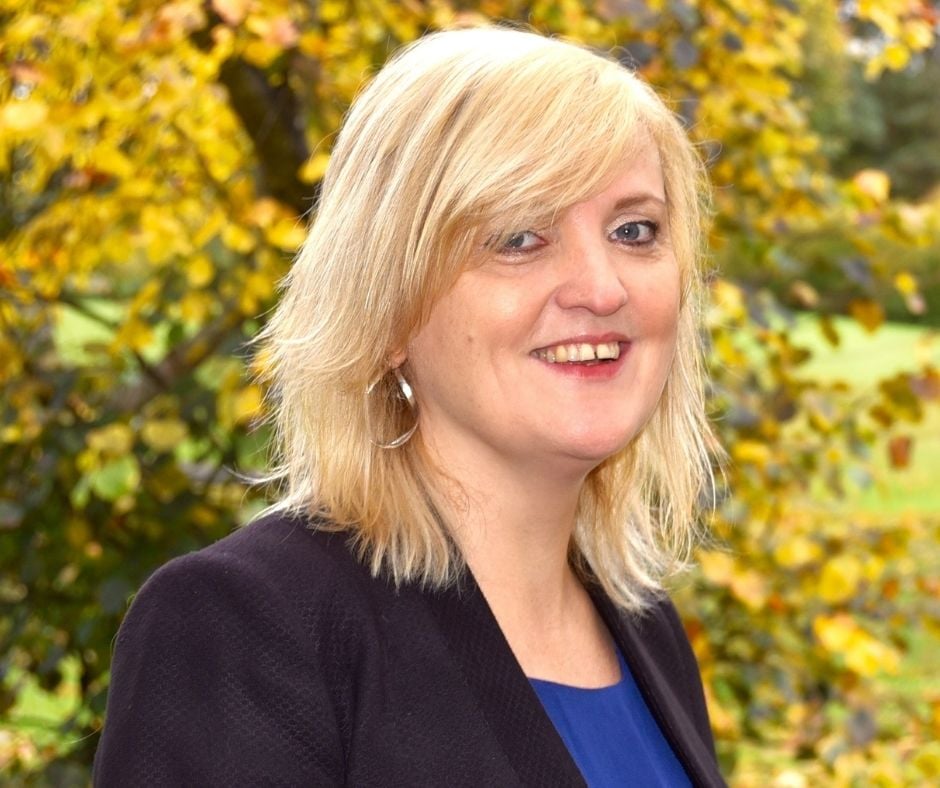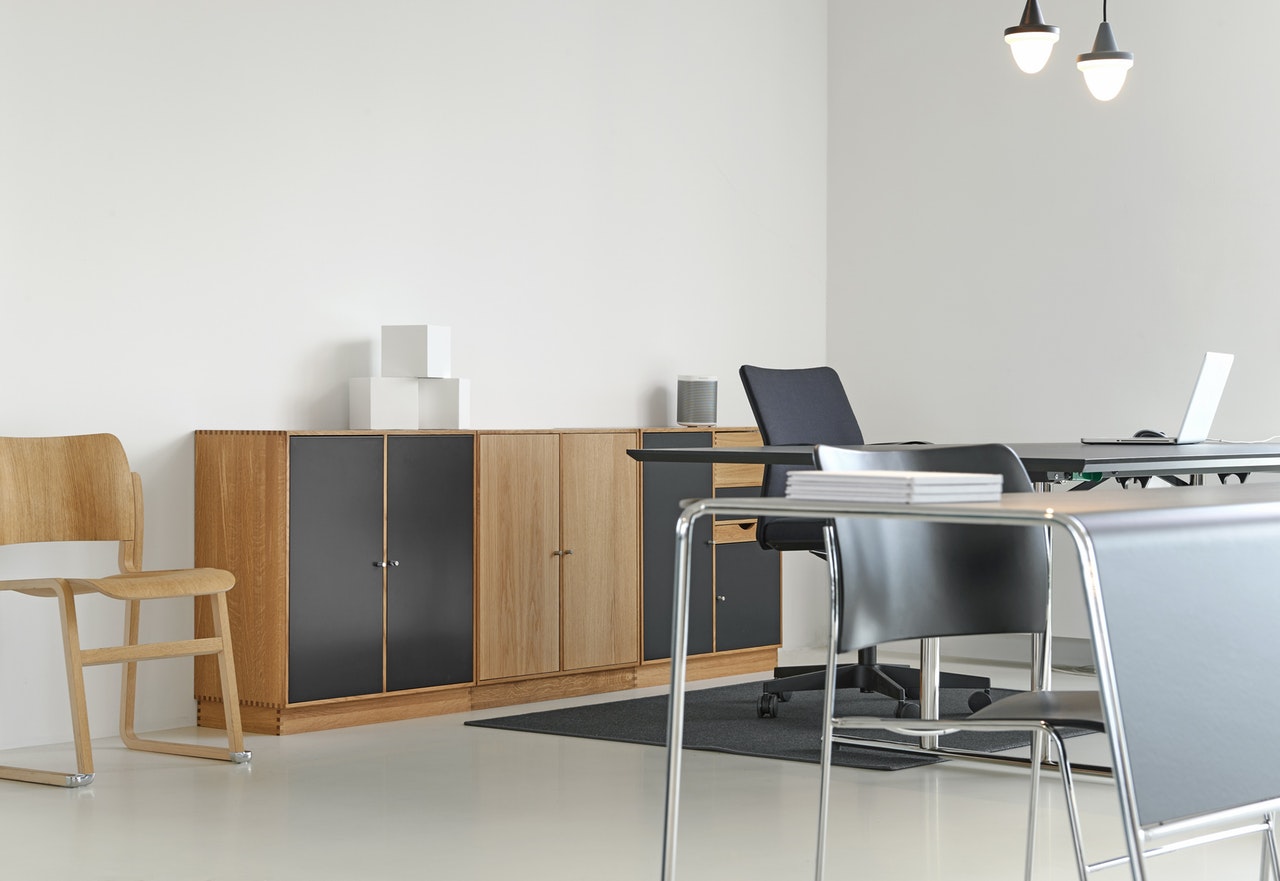Shifting from the ‘Take-Make-Dispose’ linear economic model to a circular economy is a recognised solution to address the climate crisis and realising a resilient, net zero world.
The linear economy is hugely wasteful as resources are extracted, turned into products, used, and then discarded, often ending up in landfill.
Annual global waste is anticipated to reach a colossal 3.4 billion tonnes by 2050, and global population is predicted to grow to 9.7 billion by 2050. Projections estimate we will need the equivalent of almost three planets to sustainably support current resource consumption rates.
We need to do more with less.
This is where a circular economy comes in. It will decouple growth from the consumption of finite resources, keep resources in use for as long as possible, and slash carbon emissions.
Currently, the world economy is 8 percent circular, according to the 2021 Circularity Gap Report, which is a bleak statistic given that just a few years ago that number was 9.1 percent.
This makes clear there is no room for business as usual and, in the face of mounting urgency, organisations and businesses must swiftly implement circular economy strategies.
The shift towards a more circular economy starts by adopting strategic steps to bridge gaps between leadership and action. See our guidance on achieving board-level buy in.
Through reduced material consumption, the circular economy has the power to cut virgin resource use by 28 percent and shrink global GHG emissions by 39 percent, states the 2021 Circularity Gap Report.
Reuse as a solution

Reuse is a crucial element of a sustainable circular economy.
Based on the premise that products and materials are built to last, be reusable, repairable, and recyclable, they will remain in circulation rather than thrown away.
This way, pressure on virgin resources will reduce, waste will be minimised, and everyone gets the maximum benefit out of a product before it is then recycled at the end of its long life.
Pretty much anything can be reused or repurposed and benefits include avoiding landfill, minimising waste, reducing carbon, and saving money.
Conserves energy. Reusing unwanted items extends its life and reduces the need, and associated energy required, to produce a new one. This reduces the strain on valuable resources, such as forests, fuel, and water supplies, helps protect wildlife habitats, and creates less hazardous waste.
Avoids landfill. By reusing preloved furniture, equipment, and other items it diverts them from being sent to landfill. It also eliminates the associated expenses of waste disposal such as paying clearance firms and skip hire.
Boosts efficiency. A lot of time and effort goes into purchasing new goods. Considerations include maintaining budgeting spreadsheets, identifying suppliers, requesting quotes, and processing payments and invoices. Reuse minimises the administration and toll on staff time.
Reduces environmental impact. This is because products and materials are kept in use longer minimising waste and the associated carbon impacts.
Saves money. Reusing furniture and equipment reduces, and will often eliminate, the costs associated with buying new.
Improves overall sustainability at your organisation. Reuse is a proven way to help reach circular economy, environmental improvement, and net zero targets. Warp It has proven to be integral for many universities, NHS Trusts and other organisations reaching their sustainability and waste reduction goals.
Increases social impact. Donating unwanted furniture, equipment and stationery to charities, schools, and other non-profits will support social impact and Corporate Social Responsibility (CSR) goals. Over £5 million worth of assets have already been redistributed through the Warp It system for good causes.
How can Warp it help organisations with their circularity strategies?

Reuse is a proven smart way to enhance and achieve circularity, sustainability and net zero goals.
The Warp It redistribution system allows its members to swap or donate unwanted and pre-used items, saving money, reducing waste and carbon, and diverting them from landfill. This includes electrical equipment, office furniture, soft furnishings, stationery, and consumables such as ink jet cartridges, uniforms and corporate workwear, lab equipment, and medical equipment.
It’s not just limited to this. Any resource can be reused if it’s safe and legal to do so. More unusual items reused through Warp It have included tuxedos, paper weights, clothes horses, and a brandy bottle. Here are even more ways Warp It helps save resources and cut waste.
Make circularity a priority for your organisation and start reusing today. Take the online tour and get in touch to join the Warp It reuse community.









